How to design an effective email onboarding campaign
Email onboarding campaigns are an effective subset of the overall user onboarding experience. After users onboard on your product, do not leave them hanging about what to do next on your product.
An effective email onboarding campaign can be very helpful in getting users to further invest in your product and drive them into the conversion funnel.
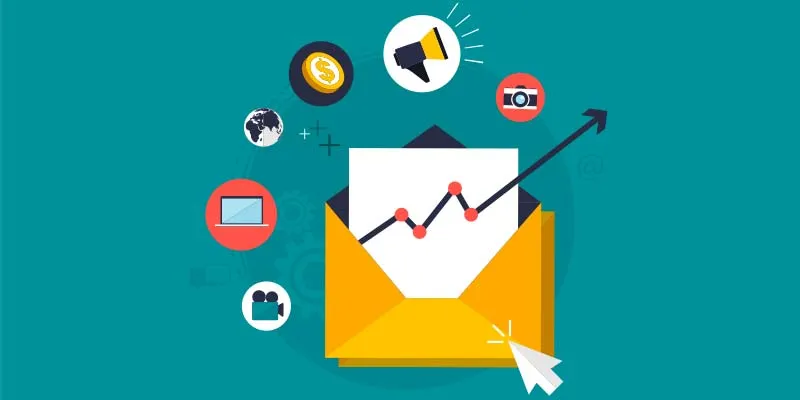
Before you start planning your email onboarding campaign, it is important to establish what constitutes an effective email onboarding experience.
- a) You help the user understand how your product will solve his/her problem.
- b) Show examples of how different people use a particular feature. Case studies are always helpful.
- c) Deliver value through your product and then ask your customers to go premium to get additional value from the product. Not the other way around.
- d) They should see you more than just a product. Develop a personal connection with them through email communications.
These are the basic guidelines about what you need to do in your email marketing campaign.
Now let’s start with the nitty-gritties of how to prepare an effective email campaign for your startup.
1) For the first thousand customers do not automate – For figuring out what is wrong with your emails/onboarding, it is essential to talk to your customers. If you automate your emails from the start you miss out on a lot of qualitative data about what problems or objectives users are trying to accomplish through your product.
Even after the 1000 users, at least in the welcome email make sure you try to start a conversation with them. Here’s an example of Backlinko’s welcome mail. In his first email, Brain asks the users to get back to him with any problem related to online marketing. A very good conversation starter email in comparison to a welcome email totally related just with the product.
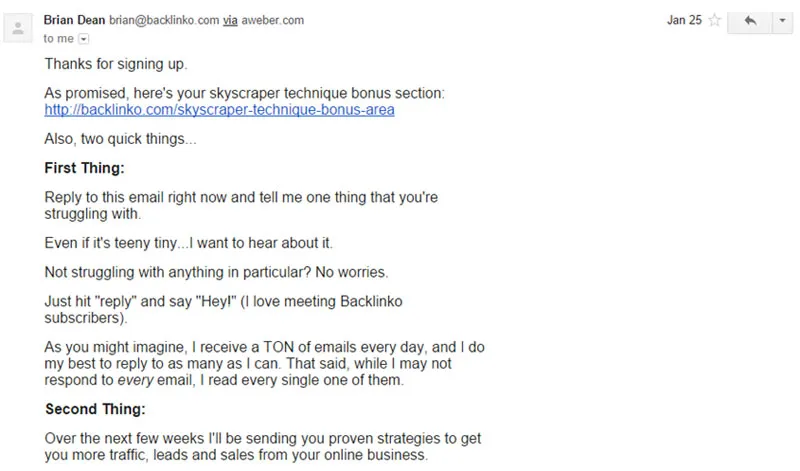
Make your users feel that there is an authentic person behind the product. Remember that if your users do you a favor, their likelihood to recommend you increases multifold.
2) Why are you sending standard emails – Not every user is the same, so you cannot have the same conversation with everyone. If you are going with time-based emails instead of behavior-triggered emails, you are losing out on a lot of potential customers.
For example, consider the product I am working on these days. For us it is important to make users download the extension to use our platform.
For people who download the extension, we have a different email.
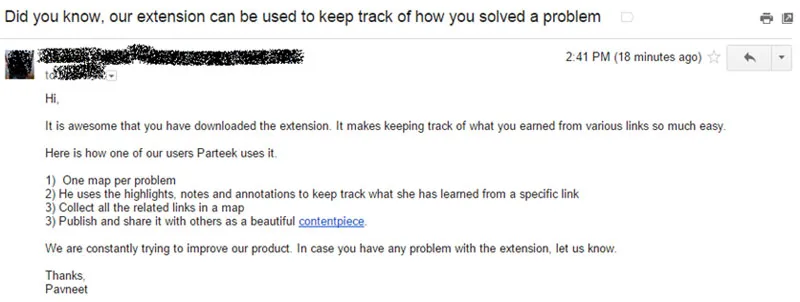
And for people who don’t download the extension, we have a different email.
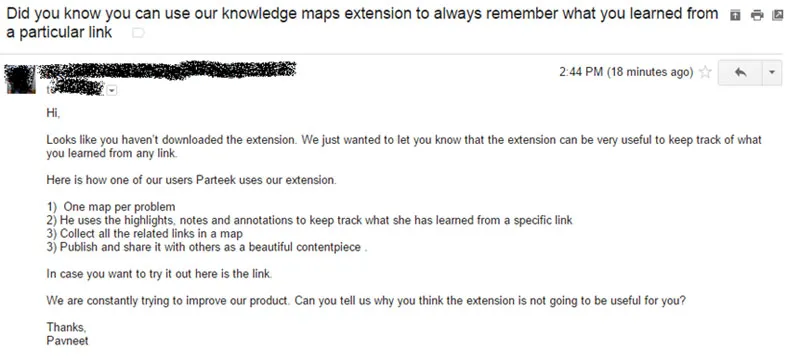
3) Segmentation – I agree 100% with Avinash Kaushik’s point that “All data in aggregate is crap!”
This is even true for an email onboarding campaign. Here is an idea on how you can segment your users from ConversionXL.
There are three types of Teams (a cool name for segments) in which you can classify all your users.
1) Team Awesome – They open all your emails. They can’t wait to open your emails.
2) Team Average –- They sometimes open your emails and sometimes they don’t. Kind of in the middle!
3) Team Meh – These guys hardly open your emails. Probably on the verge of spamming them.
Figure out how many users are in each of these segments. Figure out why a person is in a particular segment by asking yourself questions like – What actions did they take on the product? The marketing channels they came from? The time they spent on the website? Which pages did they land on?
By asking these questions you can figure out how to get users to land in a better team.
Also, the probability of someone from Team Awesome to recommend you is higher and they are more likely to buy a premium version of your product. Therefore, send them a mail that facilitates that.
Maybe some users Team Average are not sure of the value proposition of your product. You need to build that through subsequent emails.
4) Use case scenarios/milestone emails – These case scenario emails can also be part of your onboarding campaign. They let your users know how other people are making use of the core features of your product. These include case studies.
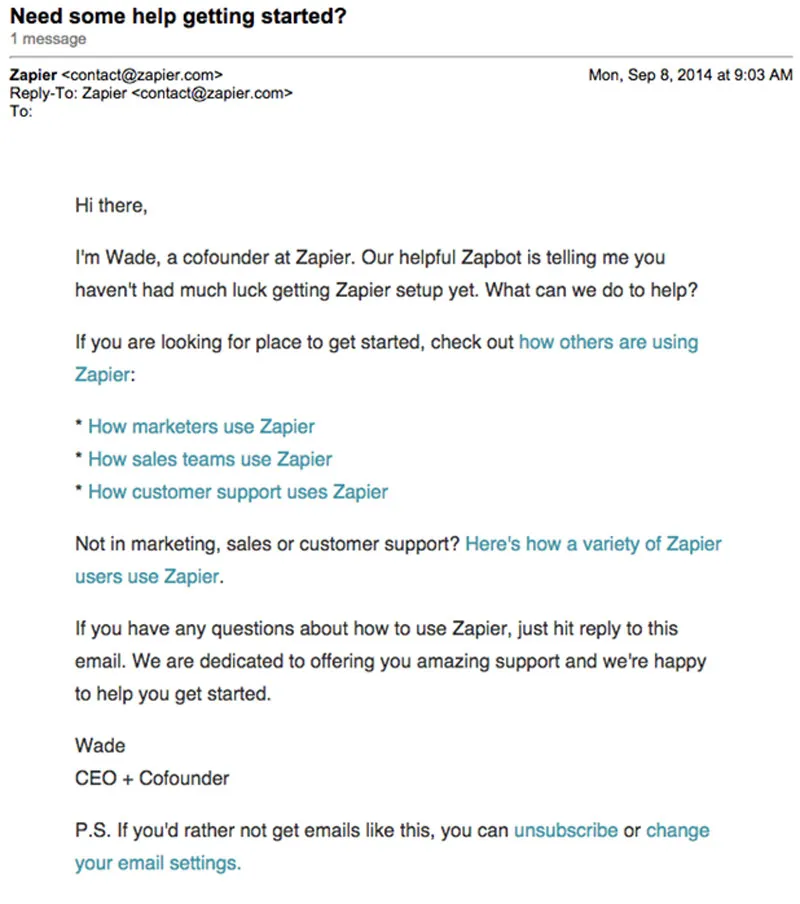
Another type of mail you can employ is milestone emails. These emails are sent when the users take a desired action on the platform. They act like a gesture of patting the back of the user, assuring them they are correctly using the platform. Suggestions for trying new features can also be provided through milestone emails.
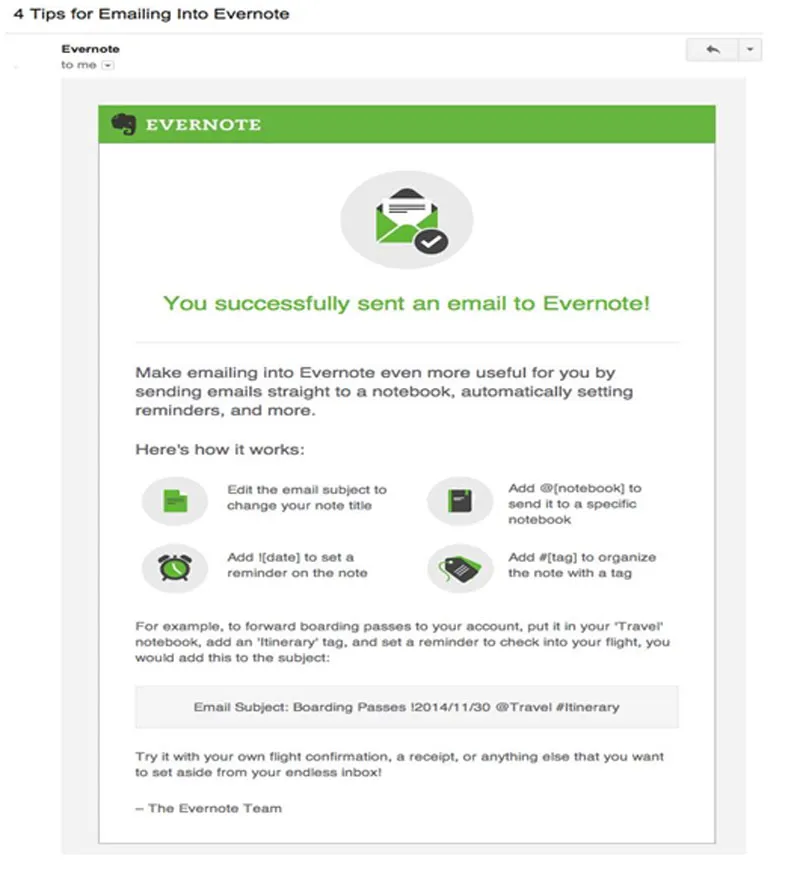
Here is a collection of relevant examples of onboarding emails that you can take a look at to get an idea about how to frame your own emails.
5) Targeting inactive users – This is another category of users that get left out if you have time-based emails. They either keep getting the same emails as active users or none at all.
It can be easily the case that the user was not ready to try/buy your product at a particular time. But their needs can change over time.
Therefore, make sure to design emails to get these users back into the conversion funnels. Cool example for this can be discount emails (if you are an e-commerce company), cool content (maybe an ebook, blog post or invitation to a webinar) or a success story/case study of your product.
For someone interested in learning more about email onboarding, you can checkout out my knowledge map of on email onboarding here.
In case someone wants to share specific problems or learning related to email onboarding, please feel free to do so in the comments.

About the Author:
Pavneet is in love working on strategies to bring great ideas to life. He is currently work on Knowledge map a startup which aims to help people share and discover solutions to problems in less than 10 links. You can follow him on medium here.







